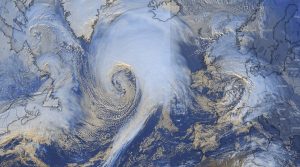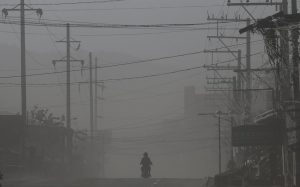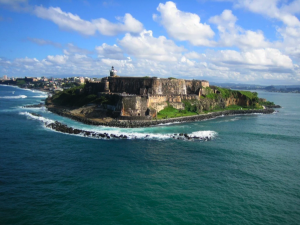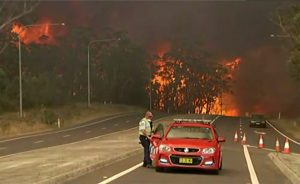

Michael Snyder – February 17, 2020
All of a sudden, really crazy things are starting to happen all over the world. Giant swarms of locusts are absolutely devastating entire regions, extremely unusual storms are confounding meteorologists, earthquake and volcanic activity are both on the rise, and five very dangerous diseases are sweeping across the globe. So far in 2020, it has just been one thing after another, and many are speculating about what could be ahead if events continue to escalate. The other day my wife mentioned that one of her friends suggested that I should put together a list of all the weird stuff that has been taking place, and so that is what I have decided to do. The following is a list of 10 plagues that are hitting our planet simultaneously…
#1 Armies Of Locusts – As I detailed the other day, swarms of locusts the size of major cities have been devouring entire farms in Africa in as little as 30 seconds. These swarms have also been spreading throughout the Middle East, and now we have learned that they have even reached China…
#2 Extremely Bizarre Weather Patterns – It is almost as if virtually all of the old rules have suddenly been thrown out the window. An all-time record 209 mph wind gust just hit Calfiornia, and absolutely crazy storms are happening all over the planet. For example, just check out what just took place in Australia…
#3 Unprecedented Flooding – We are seeing unusual flooding all over the world right now, and the flooding that is devastating the southern U.S. at this moment is being called “unprecedented”…
#4 Major Earthquakes – Really big earthquakes are happening with such frequency now that it is very difficult for me to write about them all. For example, a magnitude 7.7 quake recently struck off of the coast of Jamaica, but I have been so busy writing about other disasters that I have not even mentioned it until now…
#5 Unusual Volcanic Eruptions – Seismic activity has been rising all over the globe, and over the past couple of months we have seen volcanoes all over the world pop off like firecrackers. One of the most notable eruptions that we have seen in recent days was the most powerful eruption of Mount Merapi in 90 years…







